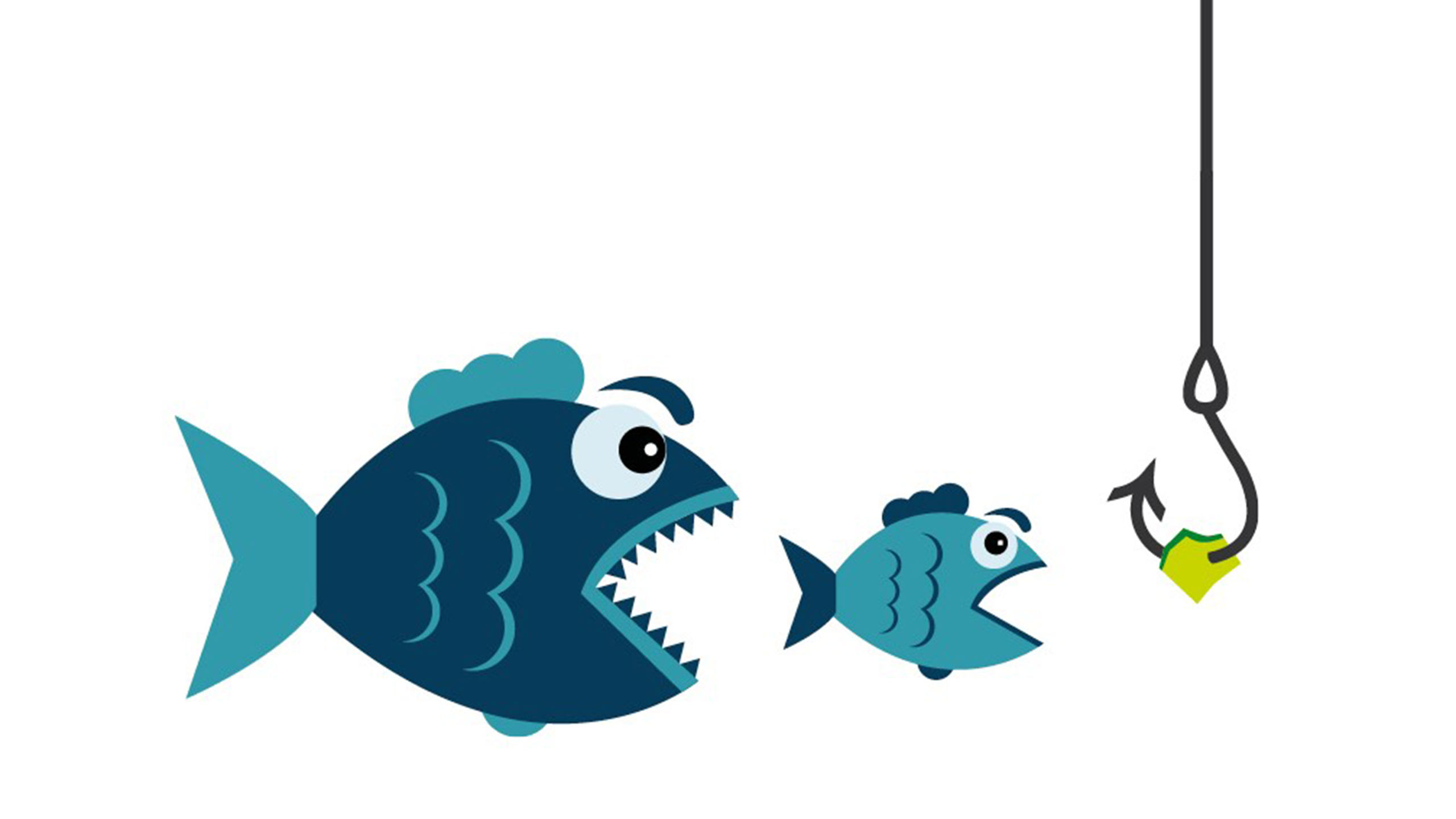Column Outside the Box / by Thomas Masuch — 6 February 2021

These days, when we talk about the next generation of employees and those just starting out in the world of work, we talk about "talents". Did you know that the word can be traced back to an antique unit of weight that the Romans went on to use as a unit of currency? It was only later that "talent" began being ascribed to people as a way to imply that they had a certain type of value. Intrinsic riches waiting to be discovered, if you like.
Even though it’s hard to imagine from the perspective of the AM world, young people today are growing less and less interested in making use of their varying levels of talent – at least in professional settings. This was the conclusion drawn by an EY study that surveyed more than 2,000 students in Germany in October 2020. When asked about what they will be looking for most in their future jobs, the respondents most often cited job security (67%), an attractive salary (55%), and the ability to balance their work and family (39%). Aspects like advancement opportunities (33%), flat hierarchies (22%), and an employer’s innovative capability (16%) were deemed much less important. It’s no wonder that more and more young and talented people here in Germany are looking to become employees of the state, who enjoy set working hours, the aforementioned job security, and (eventually) a generous retirement package.
MORE WILLING TO TAKE RISKS
Still, the aversion to accepting some uncertainty in one’s choice of employment could soon wane, and the reason why could have something to do with a substance that is proliferating in seas, rivers, and the very ground beneath us: Microplastic. Researchers have already witnessed related behavioral changes in fish. According to a study by Australia’s James Cook University, juvenile ambon damselfish that had eaten polystyrene particles just two tenths of a millimeter in diameter along with their usual nourishment were much more willing to take risks in their search for food. The explanation as to why is as simple as it is enlightening: Their stomachs were full, but they were still hungry.
There are, of course, some reasonable doubts as to whether this special diet will prove to be a reliable method of fostering more enterprising mindsets in young people. In the case of the damselfish, eating plastic turned out to be something of a bad omen. Just 72 hours after they were released into the waters of the Great Barrier Reef, fish higher up the food chain had turned every last one of them into a meal.
Tags
- Outside the box
